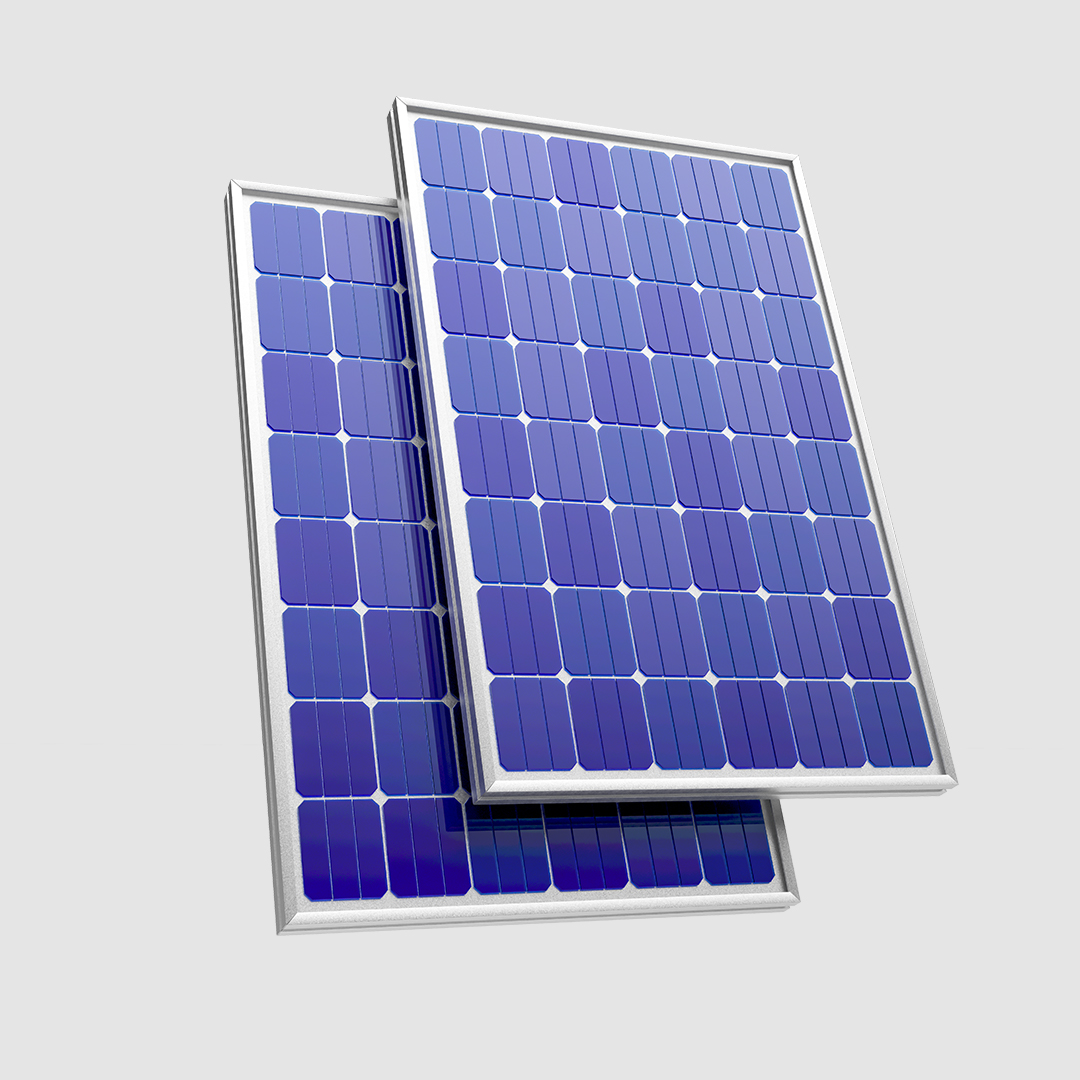The solar energy industry is entering a transformative phase. With climate change pushing governments and industries toward greener alternatives, solar technology is no longer an experimental or niche solution — it’s going mainstream, fast. From next-gen panels to global policy shifts, here are the most important global solar panel trends to watch in the coming decade.
The solar energy industry is entering a transformative phase. With climate change pushing governments and industries toward greener alternatives, solar technology is no longer an experimental or niche solution — it’s going mainstream, fast. From next-gen panels to global policy shifts, here are the most important global solar panel trends to watch in the coming decade.

Traditional silicon-based panels are giving way to cutting-edge technologies like:
From the U.S. Inflation Reduction Act to the European Green Deal and India’s National Solar Mission, countries are aggressively pushing solar adoption. Over $380 billion was invested globally in solar in 2023 alone — a number that will keep growing.
Key global moves:
Why it matters: Government incentives and private investment will shape how fast and widespread solar adoption becomes.
As battery costs fall and technologies mature, solar energy paired with storage is becoming essential. Energy storage allows for:
Imagine solar panels not on rooftops — but as rooftops, windows, and facades.
BIPV is transforming buildings into energy generators:
Why it matters: Architects and developers can integrate solar into design without compromising aesthetics, creating net-zero buildings.
With land use becoming more competitive, agrivoltaics — the simultaneous use of land for solar panels and agriculture — is gaining popularity. Panels can:
While still futuristic, space-based solar power is no longer pure sci-fi. Agencies like NASA, ESA, and the Chinese government are investing in capturing solar energy in space and beaming it to Earth via microwave transmission.
Why it matters: With 24/7 exposure to the sun, SBSP could someday offer a consistent, high-yield energy source.
The next decade will also bring a push toward inclusive solar access, such as:
This democratization will be vital in closing the global energy gap.
AI and IoT are playing a bigger role in how solar energy is managed. Expect:

A Brighter (and Smarter) Solar Future The next 10 years will be pivotal for solar energy. As technology, policy, and global awareness converge, solar is poised to become the backbone of a sustainable energy system worldwide. Whether you're an investor, homeowner, business owner, or policymaker, keeping an eye on these trends can help you stay ahead — and be part of the global shift toward a cleaner, smarter energy future.